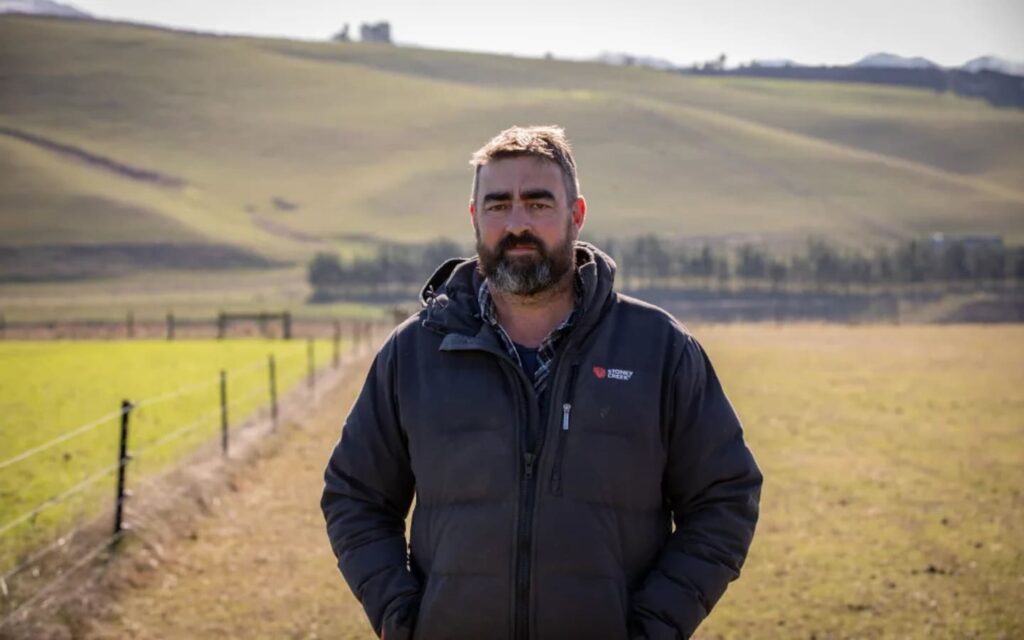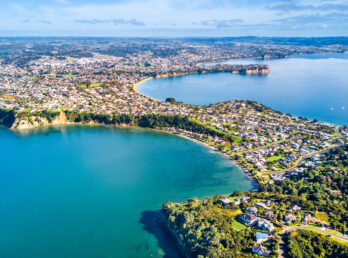A PERFECT STORM IN NORTH CANTERBURY articles
Date
12 Sep 2024
Related Expertise
That is how North Canterbury farmers have described the plight facing property owners in the drought-stricken Hurunui district, where feed supply has been sapped bare.
Hurunui District is a territorial local government district north of Christchurch administratively based at Amberley. It stretches from the east coast to the Main Divide. Its land area is 8,641 square kilometres. As the spring season arrives, local producers are imploring the weather gods for some rainy respite.
A number of forest and scrub fires have recently affected the region and further underlines that need, as firefighters grapple with dry and windy conditions.
The situation facing the local rural sector worsened when the all-important rainfall failed to arrive during autumn and then again in winter.
Until only recently, the district had fluctuated between “dry” and “extremely dry” since January, according to the National Institute of Water and Atmospheric Research’s (Niwa) drought monitor.
Although dry conditions in the Hurunui are far from a novelty during the warmer months (North Canterbury being recognised as New Zealand’s driest and perhaps most challenging farming region) a prolonged period into autumn and winter has left local dryland farmers on the back foot.
Adverse dry typically hit the region once every decade, while farmers had learned to adapt around production, feed management, and grazing during a dry this time other factors had caused further woe. Higher interest rates and product pricing had aggravated the agricultural pressure cooker. With money tight for farmers, the situation was sending ripples into the wider district for rural servicing businesses and contractors.

Hawarden beef and sheep farmer Dan Hodgen:
“We’ve had drier years, but interest rates were lower, costs were lower, lamb costs were pretty handy, so it was a lot easier to handle.
“That just wears you down and makes the normal solutions a lot less palatable or even viable.”
Ballooning transport costs for farmers threw another spanner in the works.
Hodgen said the cost in 2015 for sending his hoggets to Southland was about $1300.
“That same truck now would be three times that price,” he said.
“In fact, I can’t bring feed from Ashburton for that price… the money doesn’t go as far as it used to.”

The Mayor of the Hurunui District Council, Marie Black notes that times are very tough with much of her district under severe drought conditions with little or no change on the horizon, it is also a time when residents should be making a bit more of an effort to reach out to our neighbours and friends and check in on each other’s wellbeing. There are simple things that can make a difference. Connect with others, Take notice of what brings you pleasure, Give some time to help others, Keep learning, and Be active. These 5 steps are recognised internationally to boost your well-being and by being more aware will be beneficial to everyone.
“Connect with others, Take notice of what brings you pleasure, Give some time to help others, Keep learning, and Be active“
Stace Hammond encourages any of its stakeholders, clients, and connections (whether rural or urban) to consider reaching out a helping hand to help in whatever way possible to our southern friends. One potential way is to make any kind of donation to the Mayoral Adverse Events Fund – Hurunui District Council [03-0802-0946666-00 – reference “Mayoral Fund” bank account deposit slip attached] to support the mental health and wellbeing of struggling farmers – many who are typically stoic and wouldn’t normally seek mental wellbeing assistance. The problem is significant and every little bit helps.
Subscribe
Get insights sent direct to your email.




















